If what you are after are aesthetically shaped and toned legs and calves, there are exercises and routines to favor and to avoid.
The primary exercises for the quadriceps and the glutes -- thigh and butt muscles -- are squats, leg presses and extensions. The primary movements for the leg biceps are leg curls and stiff-legged extensions. There are also machines that stress the abductor and adductor muscles. The primary movements for calves are raises and presses.
{relatedarticles}
Squats are the best and worst exercises for toning and developing legs. Due to the extent of the hip rotation, squats heavily stimulate the hip flexors and the glutes. Training the movement with heavy weight and low reps results in increased thickness in this area. Do your squats toward the end of your leg routine, keep the rep range between 10 and 12, and perfect the range of motion. Descend with the glutes in a straight line between your heels, your chest out over your belt line and in line with the middle of your thighs. Your knees must remain in line with your toes. Descend so that the line from your knees through to the hips is parallel to the ground.
Avoid Smith machine squats. The fixed bar requires an unnatural range of motion that has a negative impact on the lower back and the knees. Hack squats are serviceable at lower weights but stress the knee joints.
For those who prefer to avoid the squat altogether, dumbbell lunges are an effective substitute. This exercise can be performed in place or walking. The benefit to this exercise is a full range of motion that stresses the entire leg group. Heavy resistance is not required as the need to coordinate balance raises the intensity of the exercise. Maintain the upper torso erect with your shoulders back, slightly arched, chest out. Remember, gravity pulls the weight straight to the floor. Work within the concept, not against it.
{relatedarticles}
Leg presses are similar to the squat, but with less hip rotation. The glutes and the hip flexors are less involved. For toning and shaping, avoid heavy weight and low repetitions, which promote overdevelopment of the upper thigh and a rounded appearance.
Use a stance that is high and wide on the foot plate, which places the stress high up on the inner thigh. Presses performed in this manner negate time wasted on abductor and adductor machines, which, unless you are training for lateral movement, are generally useless for toning and shaping. Perform three or four sets of 15 to 20 repetitions using resistance that does not require an all-out effort to complete the set.
Leg extensions that change foot positions, pointing in, out or flexed upward, are useless. Worse, they provide negative stress to the joints and may lead to injury. Simply assume a comfortable position and perform the exercise using a manageable weight and 12 to 20 repetitions. Three or four sets are sufficient; you need not work to exhaustion.
Stiff-leg extensions or dead lifts, whether with barbell or dumbbells, do create soreness in the leg biceps, but this soreness is due to overstretching the tissue and creating tears. As much of the stress is assumed by the lower back and the hips, it is best to avoid this movement.
{relatedarticles}
For toning and shaping purposes, stick to leg curls. The seated position allows the use of the most weight, but the "mind-muscle" link is not as strong as the standing option, which allows each leg to be worked independently and with greater control over each contraction.
Lying curls may unnecessarily stress the lower back, and at times provide a discomfort to the area of the solar plexus. Because the leg biceps is incorporated in press movements, the isolation provided by three or four sets of 10 to 20 well-controlled reps is sufficient.
The least effective exercises for calves are donkey raises and calf presses. Neither offers a better option than standing calf raises, so why bother? Train the gastrocs with the standing calf raise. Train the soleus with the seated calf raise.
Both respond best to two to three sets at high reps of as many as 50 to 100. Calves are most influenced by genetics and either respond really well or stubbornly. There doesn't seem to be much middle ground.
{relatedarticles}
In general, most of what can be done with resistance training is a matter of genetics. If toning and shaping are your goals, incorporate exercises and strategies more consistent with those goals and less related to "bodybuilding" for mass. Practice proper mechanics and control, avoid maximum weight and stay in a rep range of 12 to 20. Be sure to watch what you eat and engage routinely in aerobic activities.

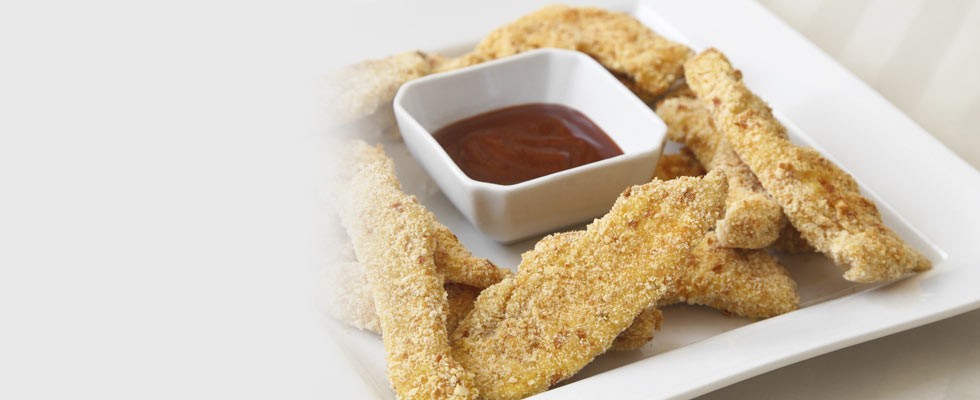



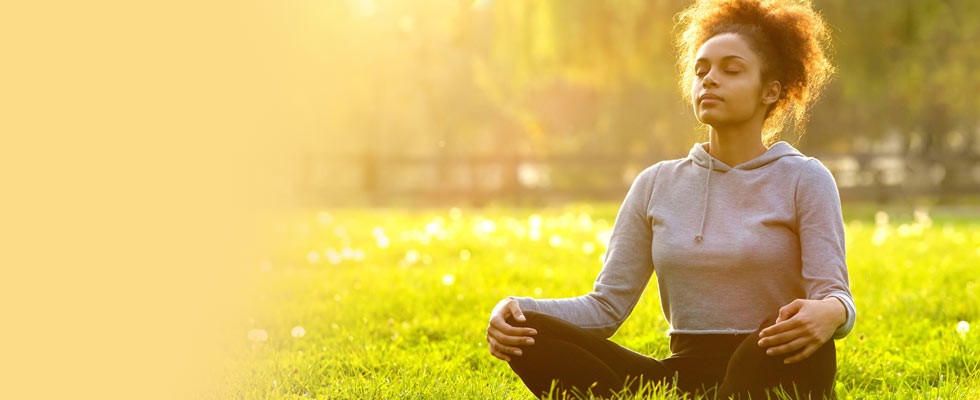
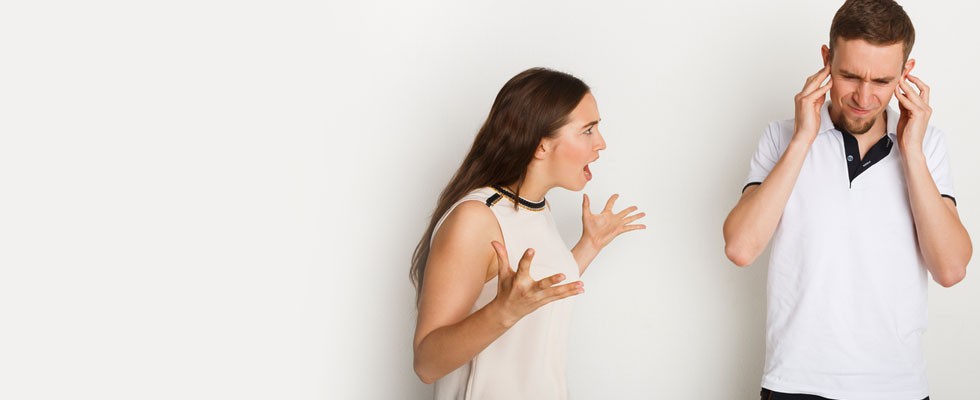

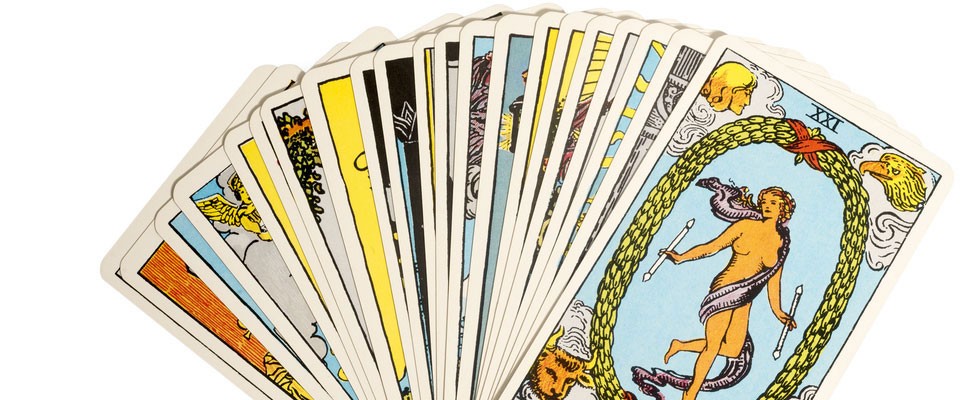
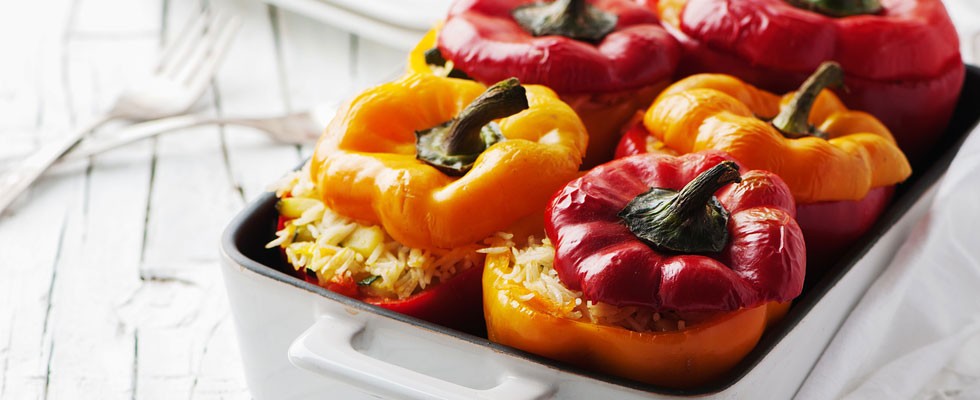
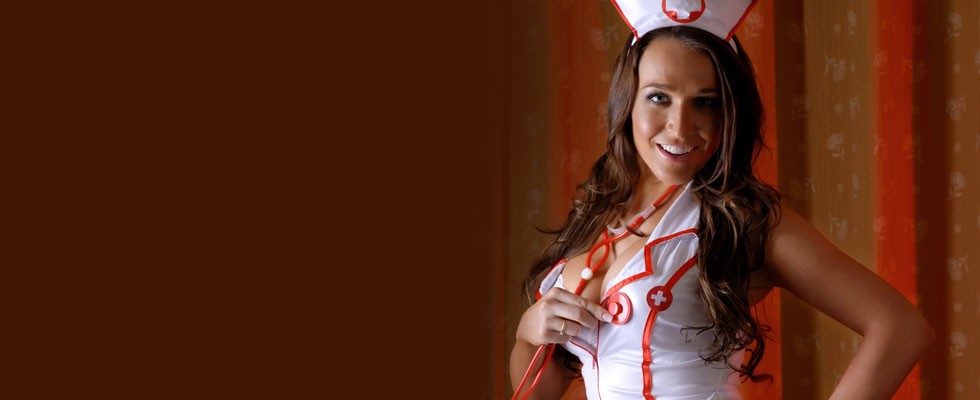
 by
by 
